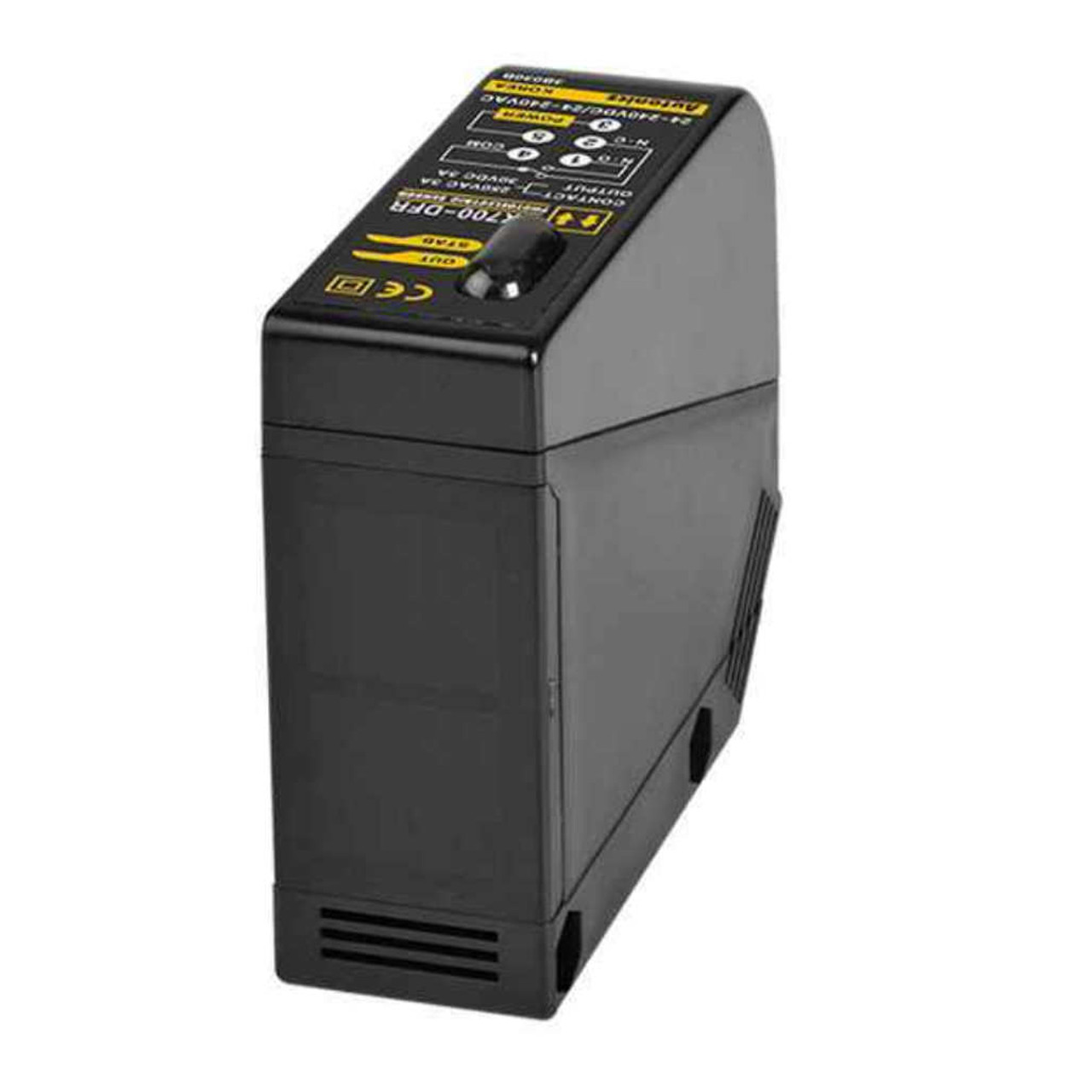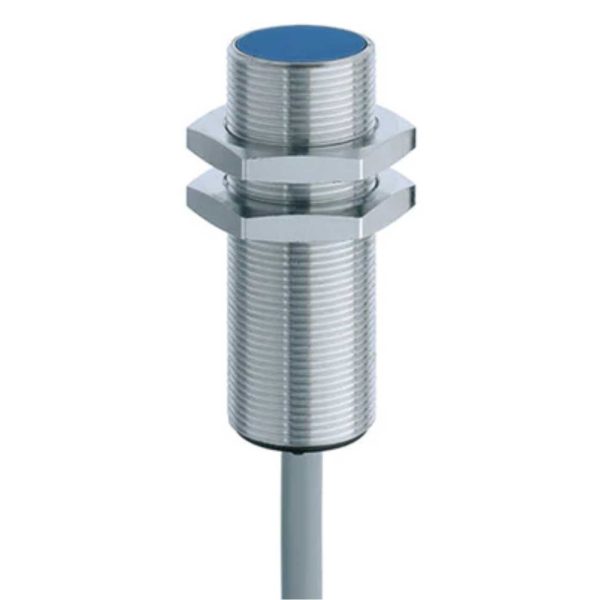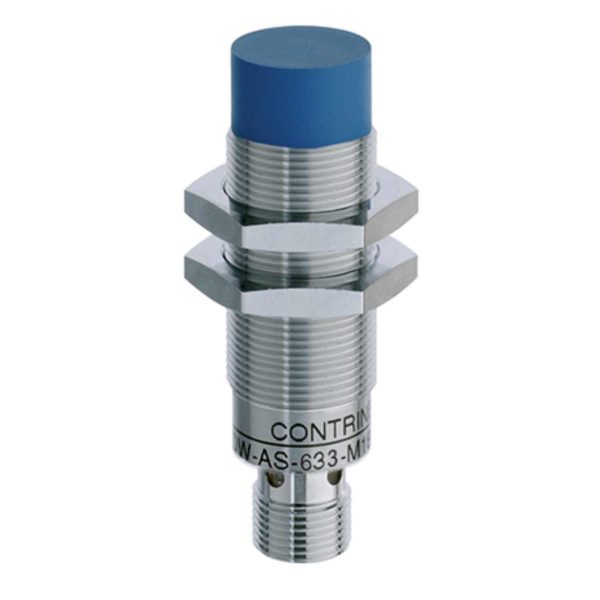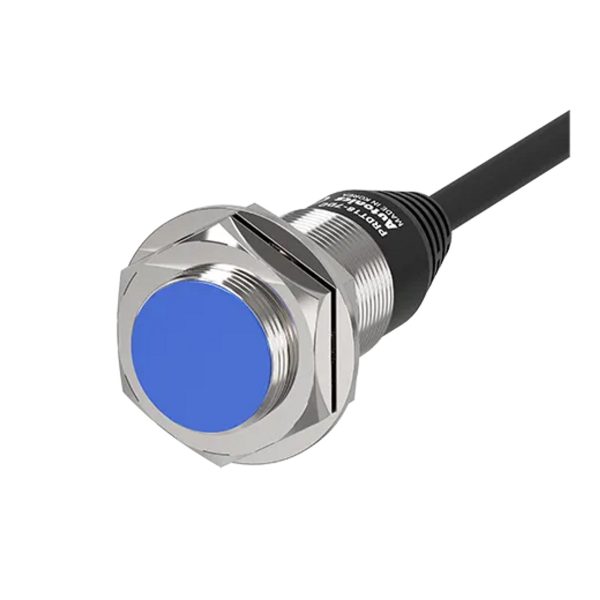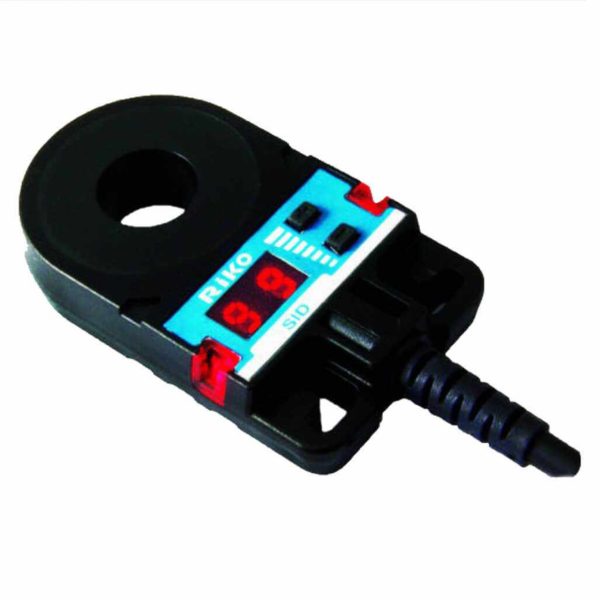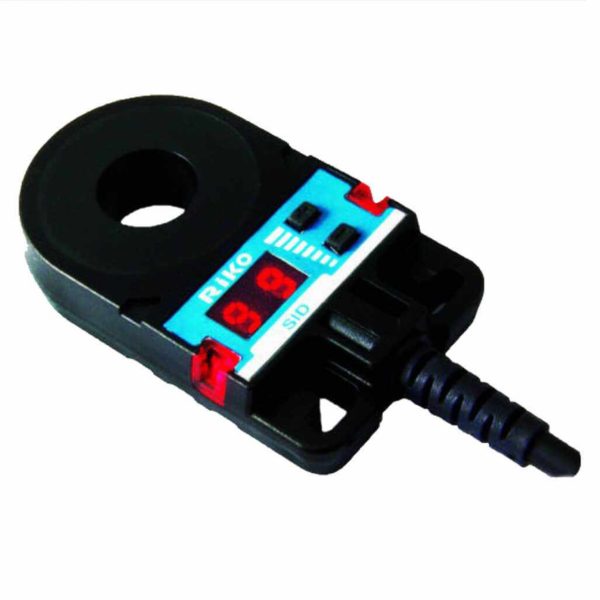Categories
DESCRIPTION
Autonics Universal AC/DC Photoelectric Sensor – BX5M-MFR-T
Relay, Terminal type connection, Sensitivity adjuster
The Autonics photoelectric sensor BX5M-MFR-T with built-in amplifiers is available in universal AC/DC type. This sensor which is Retroreflective type, comes in a rectangular shape, sensing distance of 5m, Sensing target of min Ø60mm and Rectangular installation. The standard rectangular photo sensor can be used in diverse applications requiring non-contact detection of Opaque material.
As a quick report, this photoelectric sensor provides:
- 5m (MS-2) sensing side diameter
- Relay control output
- Ø60 mm sensing target
- Infrared LED (940nm) Light source
- Built-in timer function
- Sensitivity adjuster built-in type.
- Light ON/Dark ON mode selectable by switch.
- IP66 ingress protection structure according to IEC standards
- Double or strong insulation
- Output method: AC/DC power, relay contact output
Body
This Autonics photoelectric sensor’s case and lens cover are made of Polycarbonate, its sensing part is made of Acrylic.
The BX5M-MFR-T features IP66 ingress protection.
The yellow LED on its body acts as the process indicator.
Connection
The Autonics sensor BX5M-MFR-T features standard terminal type.
Sensing specifications
The sensing target for this photoelectric sensor is Opaque material. This material should have a minimum size of Ø60 mm. The maximum distance that this sensor can detect its standard sensing target is from 0.1 to 5 m.
Control output
The BX5M-MFR-T features Relay control output.
Temperature
There are limitations in temperature and humidity in which BX5M-MFR-T photoelectric sensor is used:
- Storage temperature: -25 … 70°C
- Storage humidity: 35 to 85%RH
- Ambient temperature: -20 … 55°C
- Ambient humidity: 35 to 85%RH
Environment resistance is rated at no freezing or condensation.
Industries / applications
- Parking Tower Entry/Exit
Still want to know more? Click here to find out about Autonics Photoelectric Sensors working principles.

